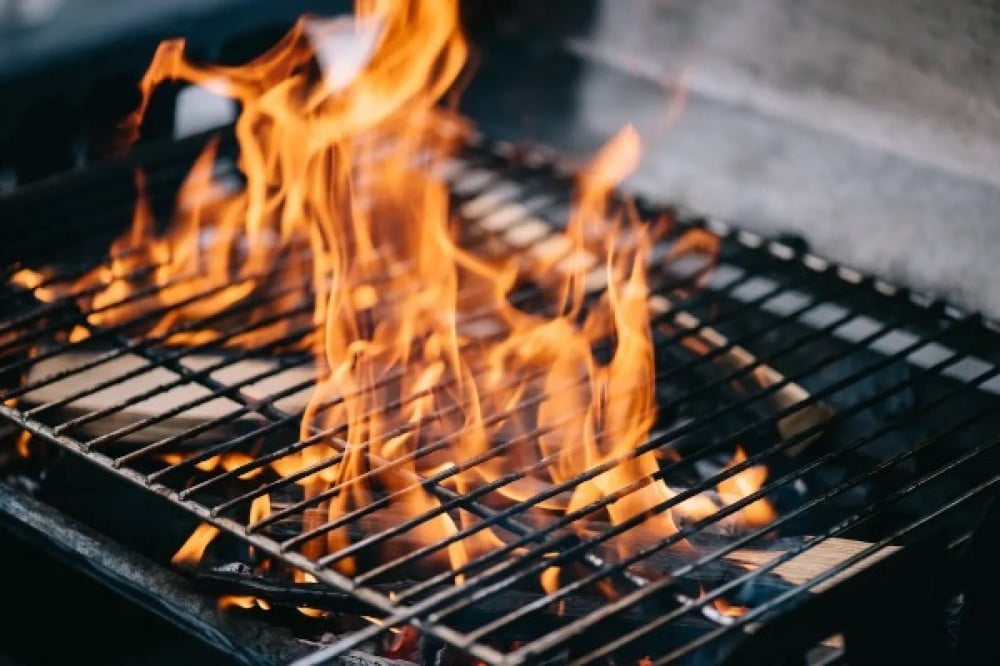How do you choose the best firewood for cooking?
Before you even start lighting your fire, you need to choose your wood. When choosing firewood for grilling, keep in mind a few do's and don'ts:
- Use wood that has been naturally aged outdoors for six months to a year. This drying process is called curing or seasoning. A freshly cut piece of firewood, known as green firewood, contains a lot of internal moisture, which creates more smoke as the firewood burns and slows the combustion process.
- Don't buy firewood that has been processed or roasted in an oven or kiln . Exposure to high heat dries out the wood further, causing it to burn faster and lose its flavour.
- Do you have more firewood on hand than you think you'll need for your cooking, especially if you use firewood as your primary fuel source instead of charcoal or briquettes?
- Have a good mix of firewood in terms of density, size and quality. Drier, lighter cuts burn much faster than heavier, denser cuts, but they also won't produce as much of the clean, flavorful smoke you want to savor on meat. Both will be useful at different stages of cooking.
- Make your firewood from trees that have died from natural causes such as drought, disease, or insects.
- Don't kill healthy trees in the name of grilling.
- Do not use wood that may have been exposed to paint, stains, or other chemicals. Wood scraps from the wood yard are a bad idea.
- Do not use wood that is covered in mold or mildew.
- Do not use softwoods such as spruce, pine, or fir. These woods contain a higher percentage of resin and oils, which produce a thick, pungent smoke when lit. Cook with only hardwoods , such as pecan, mesquite, and alder, and fruit firewood such as apple firewood.
How to make a barbecue fire in a wood burning grill in 2 steps
Once you have gathered your wood, you are ready to make a fire. The basic stages of making a fire are:
- . residence . When you make a campfire, you want to combine more tender, dry logs that snap quickly with denser logs that will burn slower and generate heat over a longer period of time. Arranging your logs should maximize airflow. Start by placing two thicker logs on either side of the grill as a foundation, then three drier pieces of firewood vertically across the top, leaving at least an inch of space between each piece. Lay another thick stem across the thin sections and a lighter piece on either side, again with about an inch of space between them. You should now have three distinct layers that form a basket weave pattern.
- . ignite . To ignite, moisten a crumpled sheet of butcher paper with cooking oil spray (such as grapeseed) , slide it between the two bottom logs, and light. (If you have a piece of greasy butcher paper left over from a previous cooking, use that.) Newspapers are also good substitutes for ignition, but avoid using petroleum products such as lighter fluid. As the fire grows, you should pick up the middle layer of
- Thin and dry first, eventually crumbling to coals with the top log falling on top. (Alternatively, you can light the coals at the start of the chimney and add them to the firebox, followed by chunks of wood .) Whatever type of wood you use to start the fire, be sure to add enough to keep the fire burning while you wait for the heavy. to catch records.

